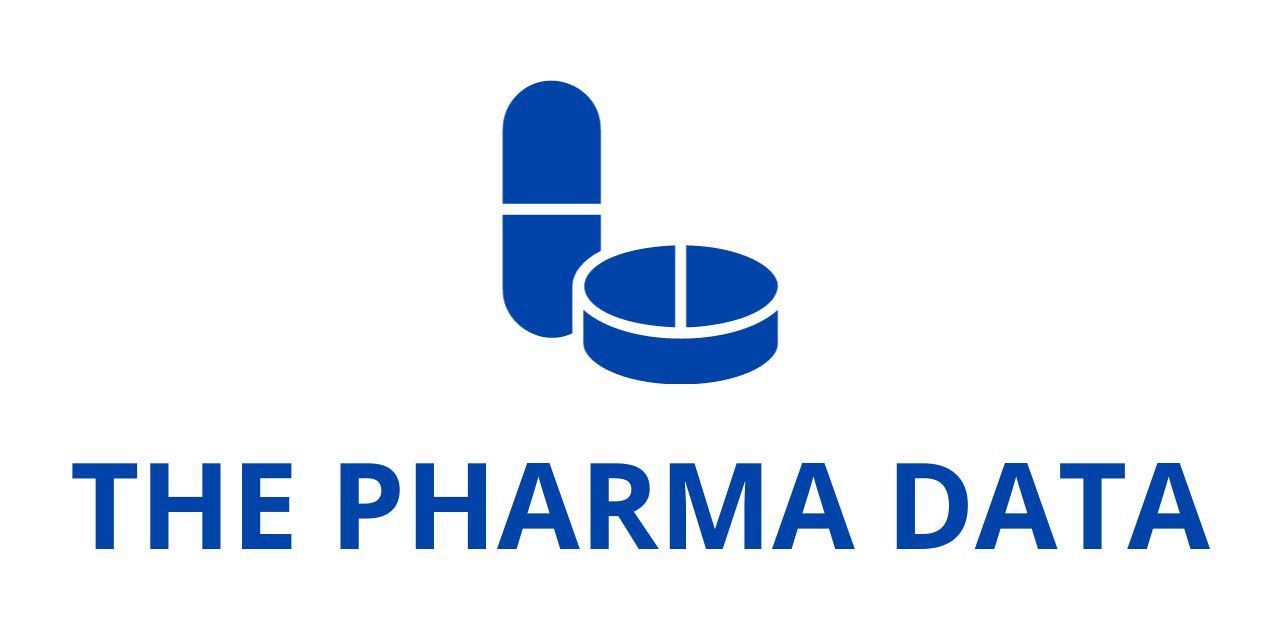
EU Approves Expanded Use of KAFTRIO for Cystic Fibrosis
Vertex Pharmaceuticals Incorporated (Nasdaq: VRTX) has announced a significant milestone in the ongoing fight against cystic fibrosis (CF). The European Commission (EC) has officially approved a label expansion for KAFTRIO® (ivacaftor/tezacaftor/elexacaftor), when used in combination with ivacaftor, allowing for the treatment of a broader group of individuals diagnosed with CF. This expanded indication now includes children as young as 2 years of age who carry at least one non-class I mutation in the cystic fibrosis transmembrane conductance regulator (CFTR) gene.
This regulatory decision marks a critical advancement in Vertex’s long-standing commitment to ensuring that all individuals with CF, including those with rare and previously untreated genetic profiles, have access to targeted therapies that can significantly improve their health outcomes and quality of life.
Expanding the Reach of a Groundbreaking Therapy
The newly expanded label builds upon the previous approvals of KAFTRIO within the European Union, where the therapy was already authorized for older patients with specific CFTR gene mutations. With this latest approval, younger patients—specifically those aged two and older—who have at least one non-class I mutation are now eligible to receive treatment with the triple-combination regimen.
This represents a monumental shift in the clinical management of CF, a progressive genetic disease that affects approximately 80,000 people globally, with thousands of cases across Europe. CF is caused by mutations in the CFTR gene that impair chloride Approves and water transport in cells, leading to thick, sticky mucus buildup, particularly in the lungs and digestive tract. Over time, this can cause severe respiratory and gastrointestinal complications, frequent infections, and a reduced life expectancy.
Traditionally, treatment has focused on managing symptoms and complications, but CFTR modulators like KAFTRIO work by addressing the underlying defect at the protein level, restoring function and transforming the treatment landscape.
Dr. Bozic’s comments reflect the years of tireless research, clinical development, and patient advocacy work that have gone into Approves ensuring equitable access to CF treatments. This approval is not just a regulatory milestone; it represents hope for thousands of children and their families across Europe who now have a path to improved health and a longer life.
What Are Non-Class I Mutations?
To understand the full impact of this expanded label, it’s essential to grasp what is meant by “non-class I” mutations. CFTR mutations are traditionally classified into six categories based on how they affect the CFTR protein’s synthesis, processing, and function.
Class I mutations result in no functional CFTR protein being produced. Non-class I mutations, which include classes II through VI, vary in their effects but often allow for some level of CFTR protein to be made. Therapies like KAFTRIO are specifically designed to Approves correct the protein-folding and trafficking defects (common in Class II mutations like F508del) and enhance the function of the CFTR protein at the cell surface.
By broadening the indication to include all patients with at least one non-class I mutation, the European Commission has effectively made this life-changing treatment accessible to a much wider patient population—potentially including thousands who previously had no viable modulator therapy options.
Immediate Impact in Multiple European Countries

Thanks to pre-existing reimbursement frameworks and healthcare access systems, the expanded indication will translate into immediate benefits for eligible patients in several European nations. Austria, Denmark, Ireland, Norway, and Sweden already have reimbursement Approves agreements in place for KAFTRIO, and healthcare systems in countries like Germany have provisions that enable rapid access to newly approved therapies.
As a result, eligible patients in these countries—particularly young children who had not been eligible under the previous label—can begin treatment under the new expanded guidelines almost immediately.
Ensuring Broad Access Across the EU
While access is already secured in some nations, Vertex reaffirmed its commitment to working closely with reimbursement bodies and health authorities across all EU member states. The company aims to ensure that no eligible patient is left behind due to funding or bureaucratic delays.
This collaborative approach has been a hallmark of Vertex’s strategy in Europe, where navigating diverse healthcare systems and pricing negotiations can be complex. By building partnerships with national health Approves authorities and patient advocacy groups, Vertex has been able to make its innovative therapies accessible to a broad segment of the CF population.
A Transformative Impact on the CF Community
For patients, caregivers, and clinicians alike, the expansion of KAFTRIO’s indication is more than a technical regulatory update—it is a life-changing development. Many families with children previously excluded from modulator therapy now Approves have new reasons for optimism. Pediatric specialists can now offer disease-modifying treatment earlier, potentially altering the trajectory of the disease before irreversible damage occurs.
Furthermore, individuals with rare non-class I mutations, who might have previously relied solely on symptom management, can now access Approves a therapy that targets the disease at its root cause. Early intervention with modulators like KAFTRIO has been shown to improve lung function, reduce pulmonary exacerbations, enhance nutritional status, and significantly improve quality of life.
Vertex’s achievement with the expanded approval of KAFTRIO underscores the company’s leadership in CF innovation and its broader mission to develop transformative medicines for people with serious diseases. With ongoing Approves research into Approves gene-editing therapies, cell-based treatments, and potential one-time cures, the company is continuing to push the boundaries of what’s possible in CF care.
This latest regulatory success is a powerful reminder that with perseverance, collaboration, and patient-centered innovation, medical science can rewrite the narrative for people living with rare and chronic diseases.
As European families begin to benefit from this expanded access, the impact will be deeply felt—not just in statistics or clinical outcomes, but in everyday moments made possible by improved health: a child able to run without wheezing, fewer hospital stays, more family vacations, longer lifespans, and above all, hope.




